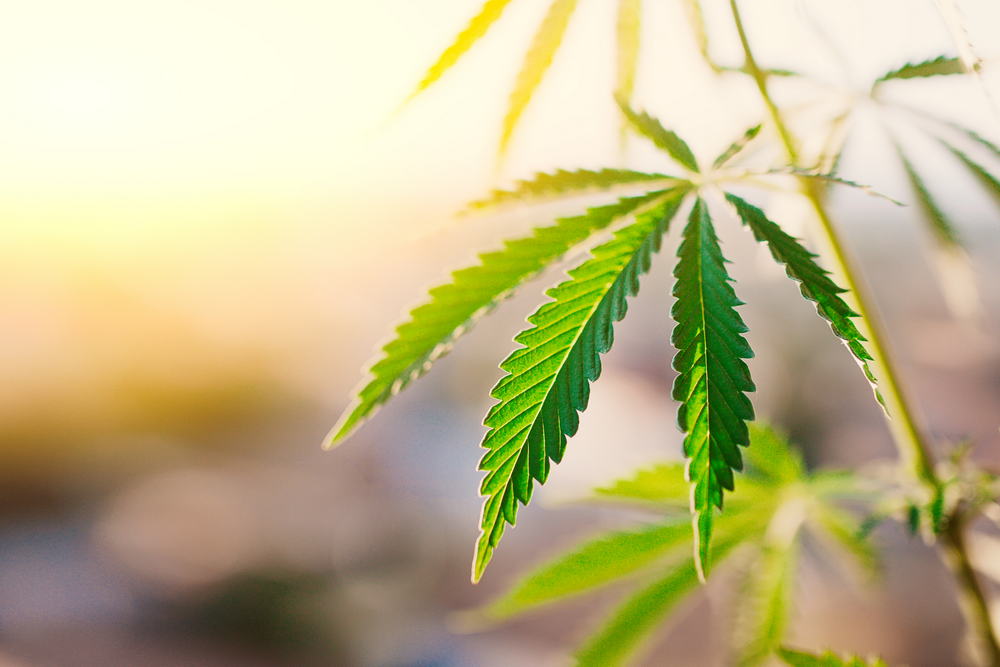When a patient shops at Utah cannabis shop Beehive Farmacy, they know that the products being purchased are derived from marijuana. The state prefers the term ‘cannabis’, but that is only for image purposes. Marijuana is a type of cannabis. So is hemp. The line between the two is gradually being blurred by alternative cannabinoids.
Alternative cannabinoids are helping legal CBD shops compete for business with state-licensed medical cannabis pharmacies in Utah. How so? By selling products that contain cannabinoids like delta-8 and delta-10 THC.
Utah is not the only state facing this problem. A lack of federal CBD regulations makes it difficult to go after companies that derive alternative cannabinoids from CBD. The CBD comes from legal industrial hemp rather than marijuana.
THC Is the Dividing Line
Both hemp and marijuana are types of cannabis. The only legal distinction between the two is the amount of THC in plant material. If a plant tests at 0.3% or less, it is hemp. A plant with more than 0.3% THC is marijuana. That’s really it. It is just that simple.
The thing about cannabis plants is that they contain more than 100 cannabinoids, and Delta-8 is just one of them. But delta-8 doesn’t naturally occur in concentrations high enough to make extracting it worthwhile. So instead, processors synthesize it from CBD.
It turns out that CBD is the most prominent cannabinoid in hemp. Marijuana is just the opposite, and its most prominent cannabinoid is delta-9 THC. But guess what? Both delta-8 and delta-9 are psychotropic; both will get you high. Do you see where this is going?
Getting High Without Pot
Utah is a medical-only state. People looking to chase a marijuana high without a medical cannabis card would normally buy pot from black market operators. But with delta-8 now on the market, they can buy potent CBD products without breaking the law. They can still get high without ever touching marijuana.
Furthermore, there are still 32 states that have not legalized recreational marijuana. A dozen of them do not even allow medical cannabis. Where does that leave people who want to chase the marijuana high? In the same position as Utah residents without medical cannabis cards. They can buy pot on the street or head down to the local CBD shop.
Hemp Is the Key
The key to all of this is hemp. Hemp plants are legal nationwide as long as their THC content is at 0.3% or less. Processors can buy up as much hemp as they can get their hands on in order to extract what the industry refers to as ‘crude oil’. Then they can separate out the CBD and use it to synthesize delta-8, delta-10, and other alternative cannabinoids.
As long as these alternative cannabinoids are derived from CBD, they are legally considered CBD products. That makes it legal to produce, distribute, and sell such products anywhere in the country. Consumers can purchase and use them without any issues.
Thanks to alternative cannabinoids with intoxicating properties, the line between hemp and marijuana is being blurred. Cultivators can concentrate on producing hemp plants with as much CBD as possible while simultaneously minimizing THC. The less THC, the better. Why? Because plants with higher CBD volumes are more valuable to processors looking to make alternative cannabinoids.
Although the chances are slim, it is possible that federal and state regulators will eventually ban alternative cannabinoids. Until any such action is taken, hemp growers and CBD processors will continue taking advantage of the alt cannabinoids loophole. There is nothing in the way to stop them.

